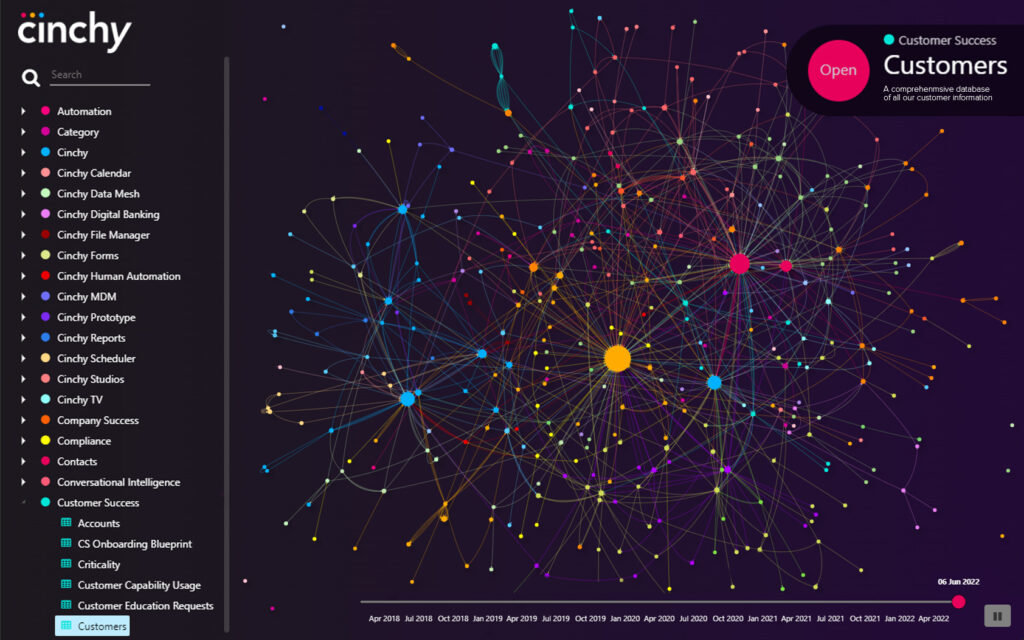Cinchy Adds Kubernetes Support to Data Management Platform
Cinchy, a provider of a platform that isolates data from the applications used to create it, has released an update that adds Kubernetes support.
Cinchy CTO Karanjot Jaswal says the Cinchy Dataware Platform 5.0 makes it possible to deploy the platform on a Kubernetes cluster that accesses data on external storage systems. That capability also makes it easier to scale the Cinchy Dataware Platform up and down as required, he added.
The latest edition of the platform also adds support for the Hewlett-Packard Enterprise (HPE) Ezmeral Runtime Enterprise based on Kubernetes in addition to enabling organizations to employ an open source PostgreSQL database in place of a Microsoft SQL Server database. Other capabilities in this update include enhancements to existing operational data fabric, data browser, data persistence-as-a-service, universal data access controls, data mesh and active metadata capabilities.
At its core, the Cinchy Dataware Platform introduces a layer of software for managing and visualizing data regardless of the application that originally created it. That data then becomes available to any application integrated with the platform. That approach eliminates data silos that result in IT organizations spending a massive amount of time and money on integration data across various application silos, said Jaswal.
Each IT organization needs to decide the degree to which they want to be able to control and govern their own data. Most of them don’t realize the degree to which they become locked into a specific application because each one has its own unique approach to storing data, he noted.
The Cinchy Dataware Platform provides an alternative approach through which data describes itself to any application trying to access it. That eliminates the need to build and maintain data integration connectors between applications. Many IT organizations are spending as much as half their budgets on building and maintaining connectors for integrating data, said Jaswal.
Thanks mainly to the rise of various digital transformation initiatives, there’s a much greater appreciation for the value of data. In many organizations, data is the “new oil” that can be leveraged to create a competitive advantage. The issue is that managing all the data across multiple application silos becomes increasingly challenging as more applications are added to the IT environment.
It’s been more than four decades since a different approach to managing data has been introduced, says Jaswal. It’s now clear that legacy approaches to managing data are not going to scale to the levels required, he adds.
It’s not clear who within an organization will take responsibility for taking a fundamentally different approach to managing data. Many organizations have added chief data officers while others continue to rely on CIOs and CTOs. Regardless of who is in charge of managing data, though, the issues are the same. Organizations need to find a better way to manage multiple types of data that are increasing in volume and that must be synchronized across multiple applications to drive an integrated business process.





